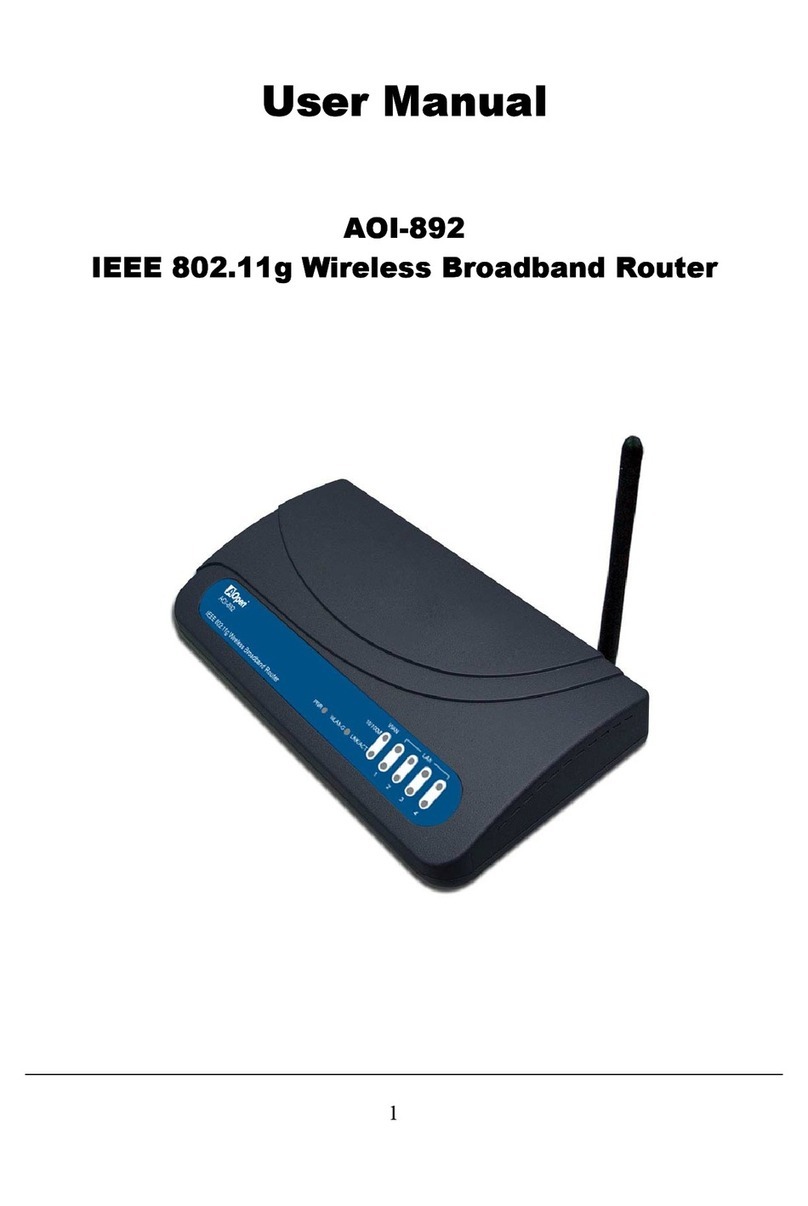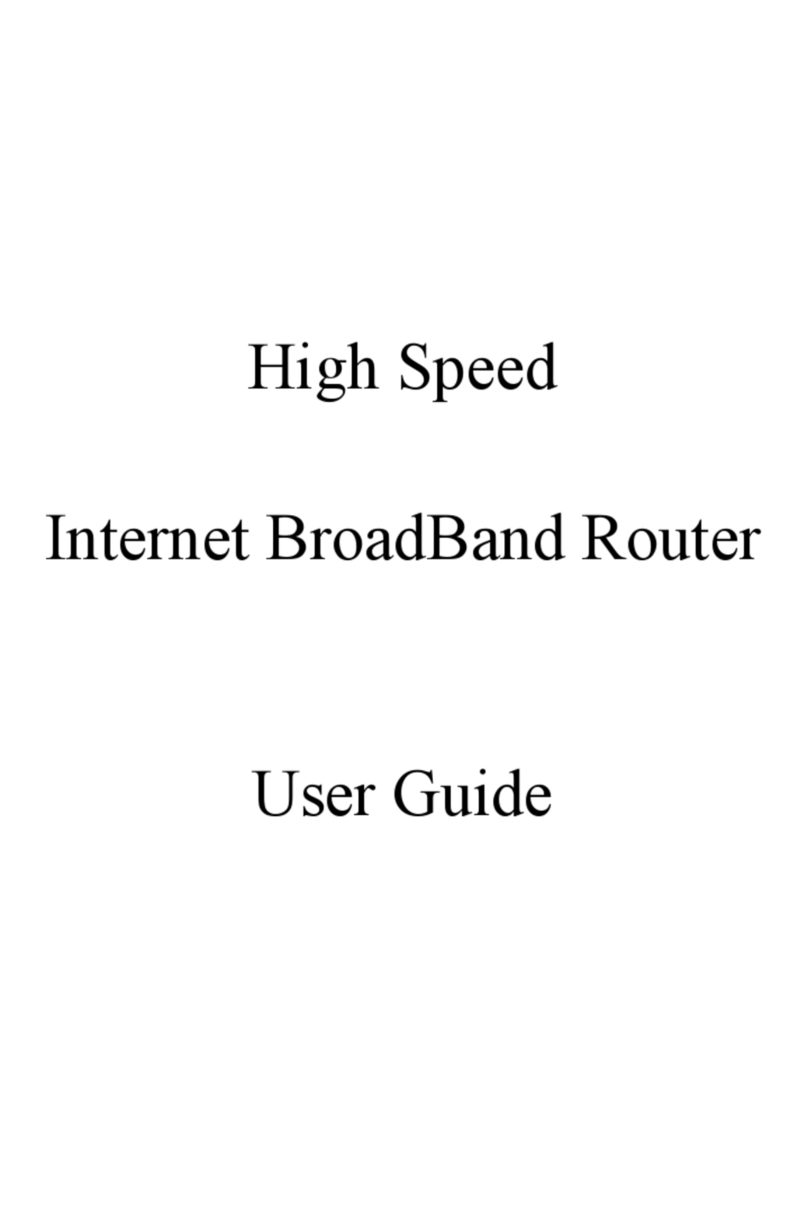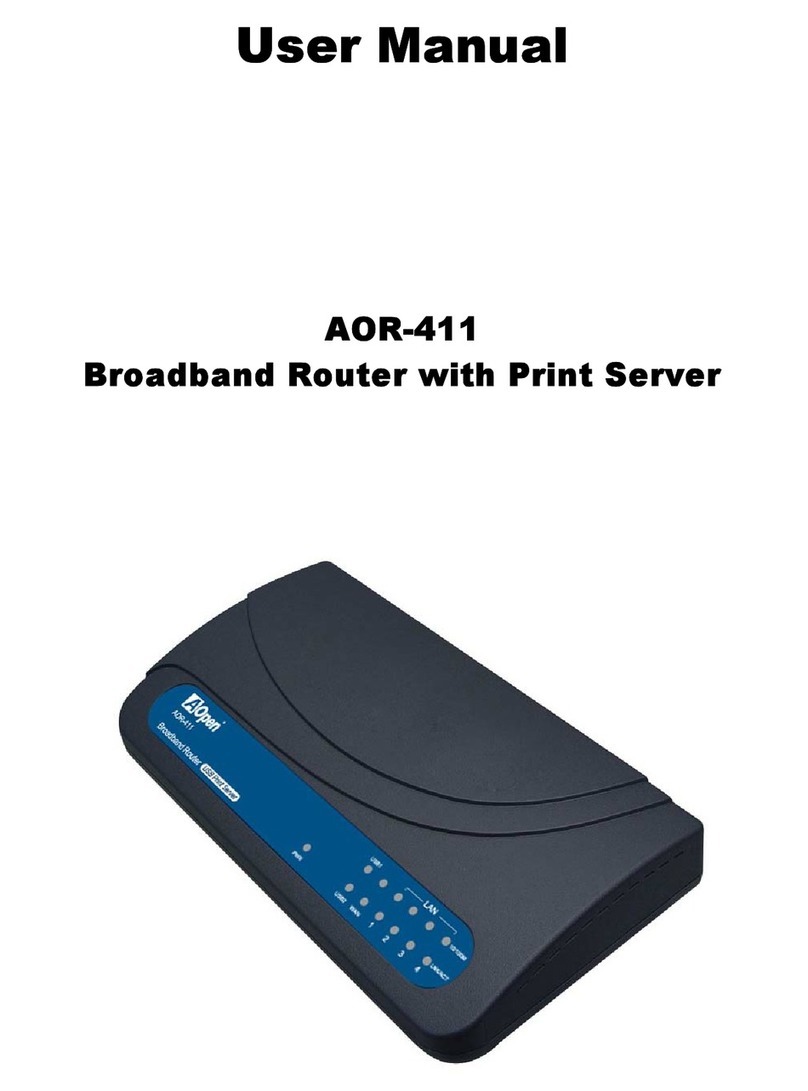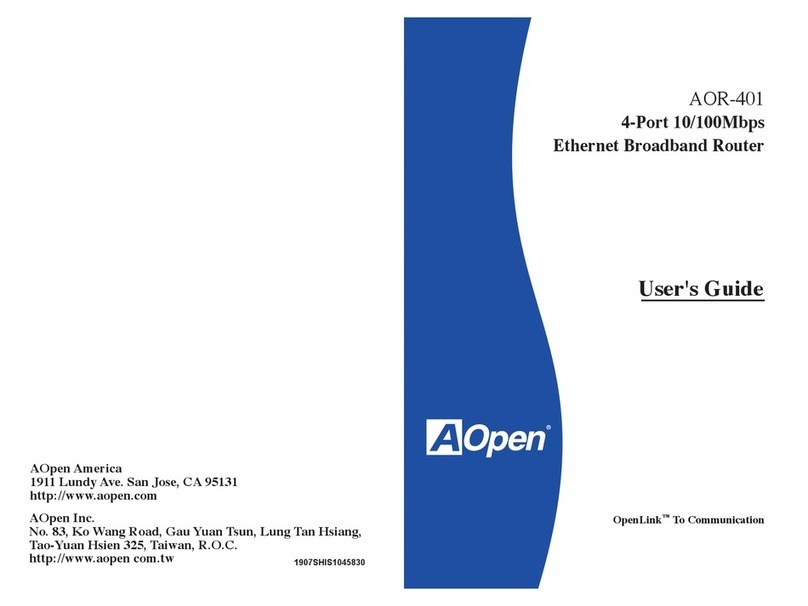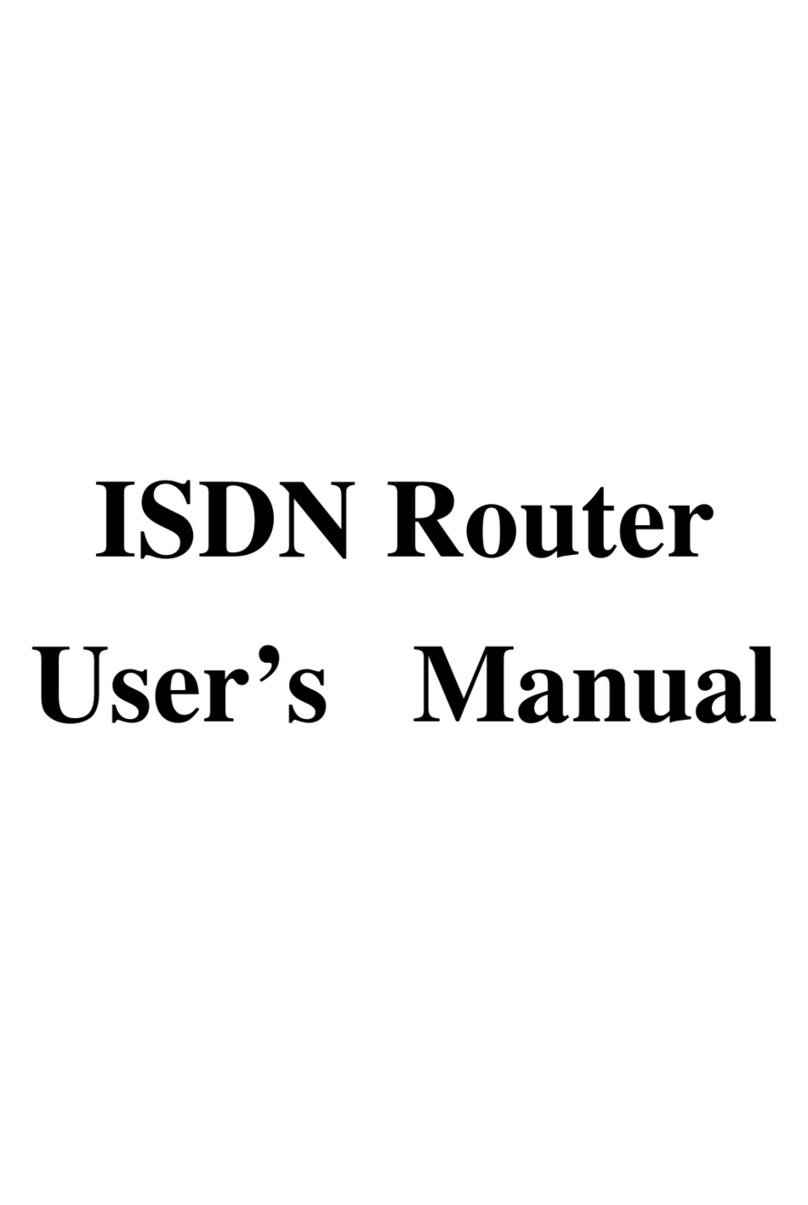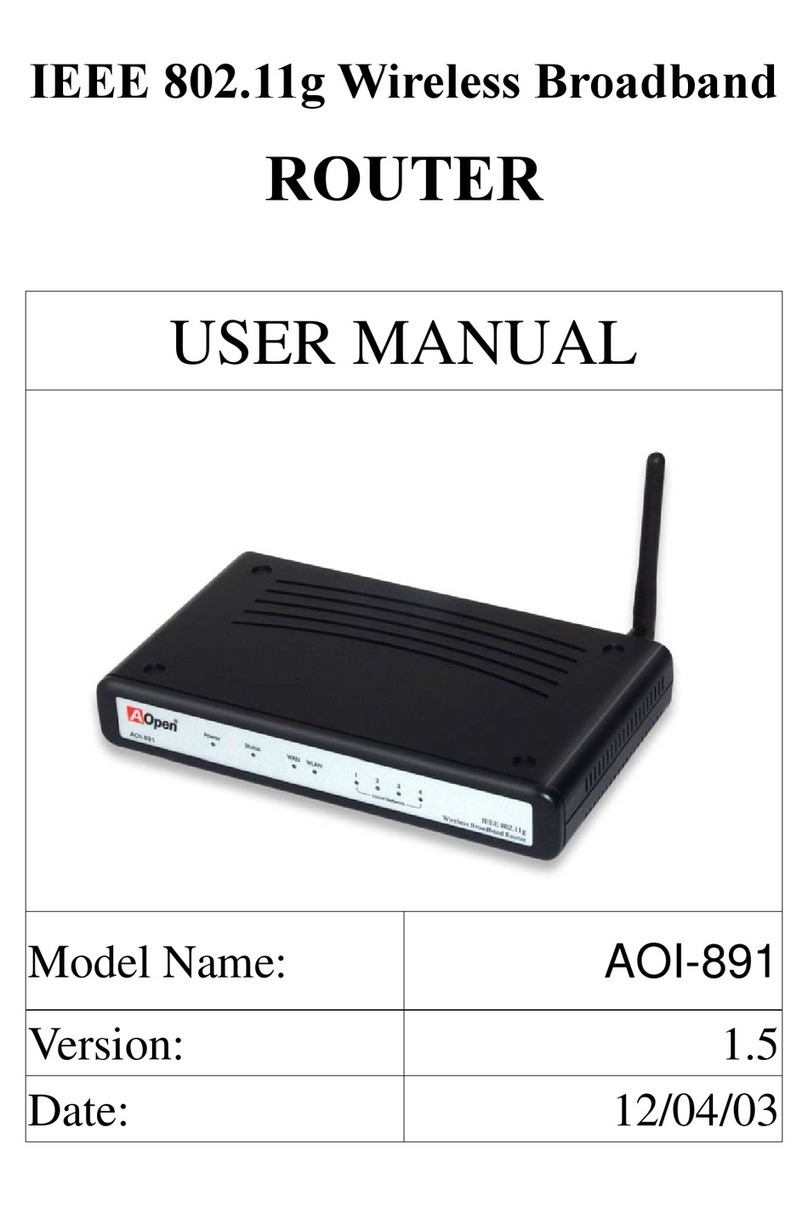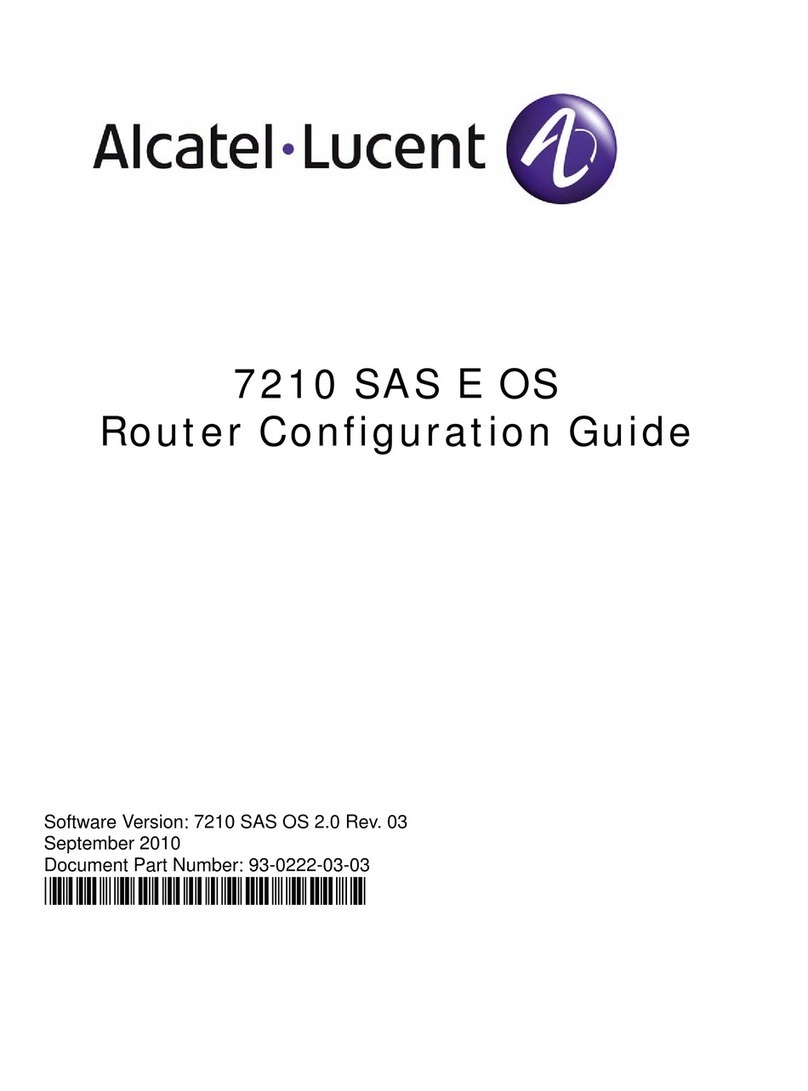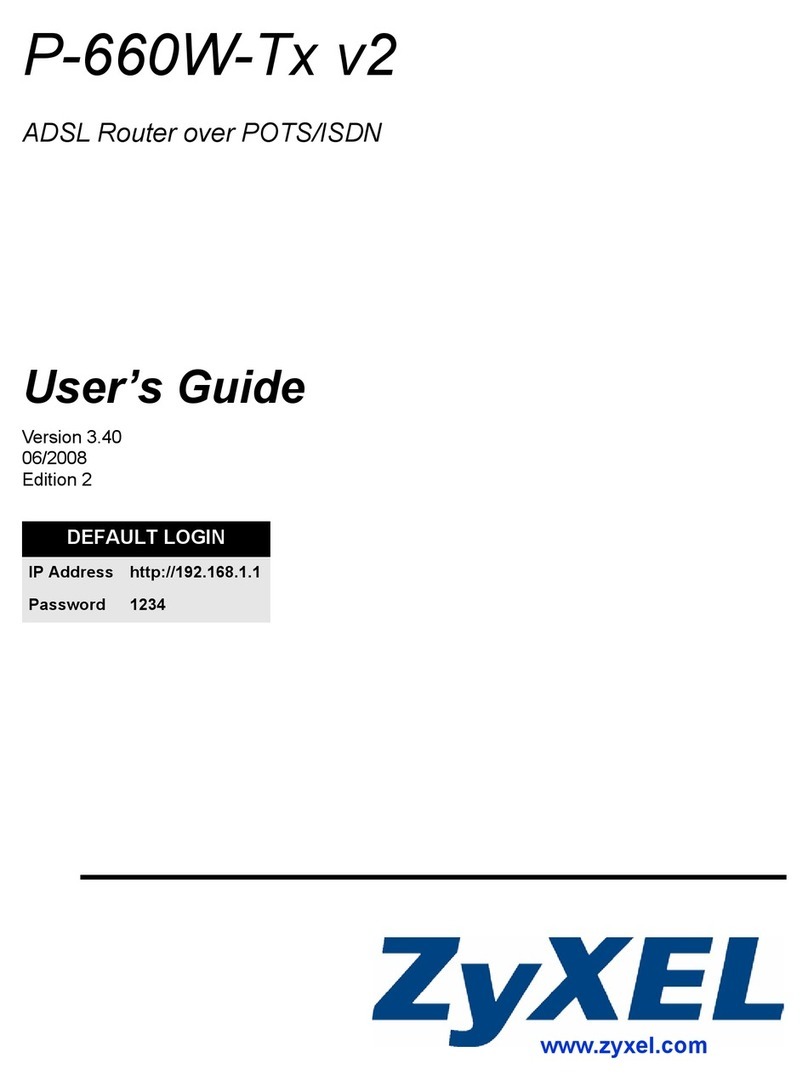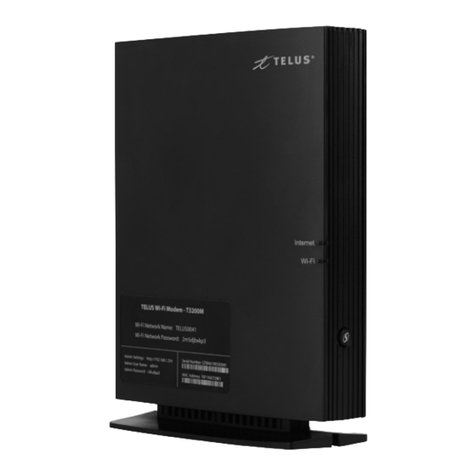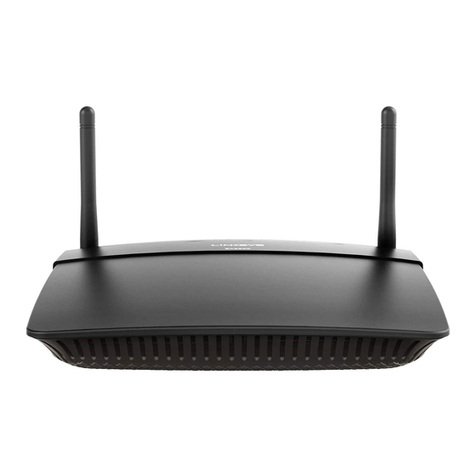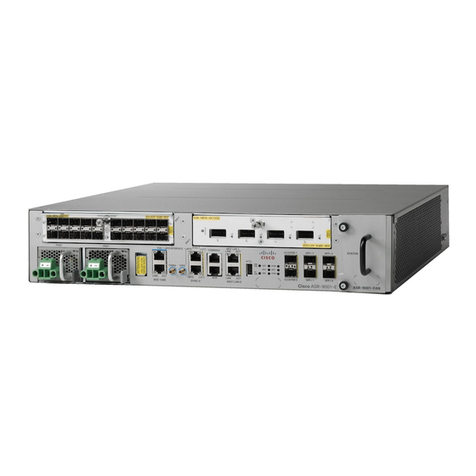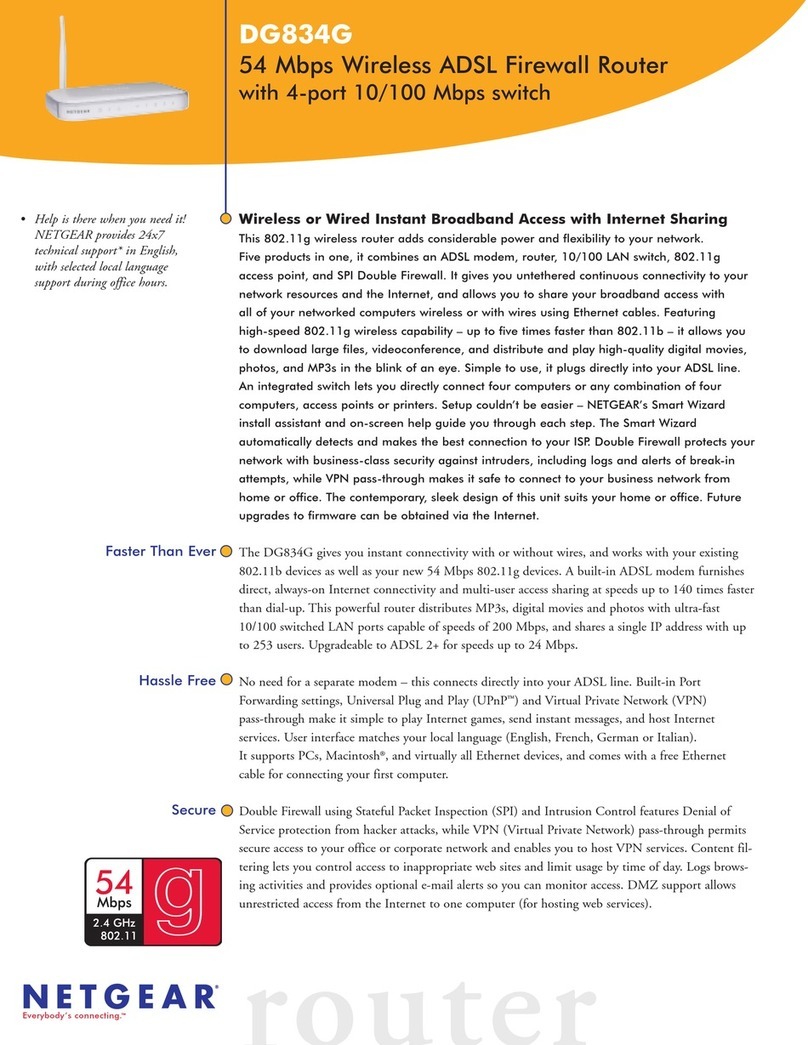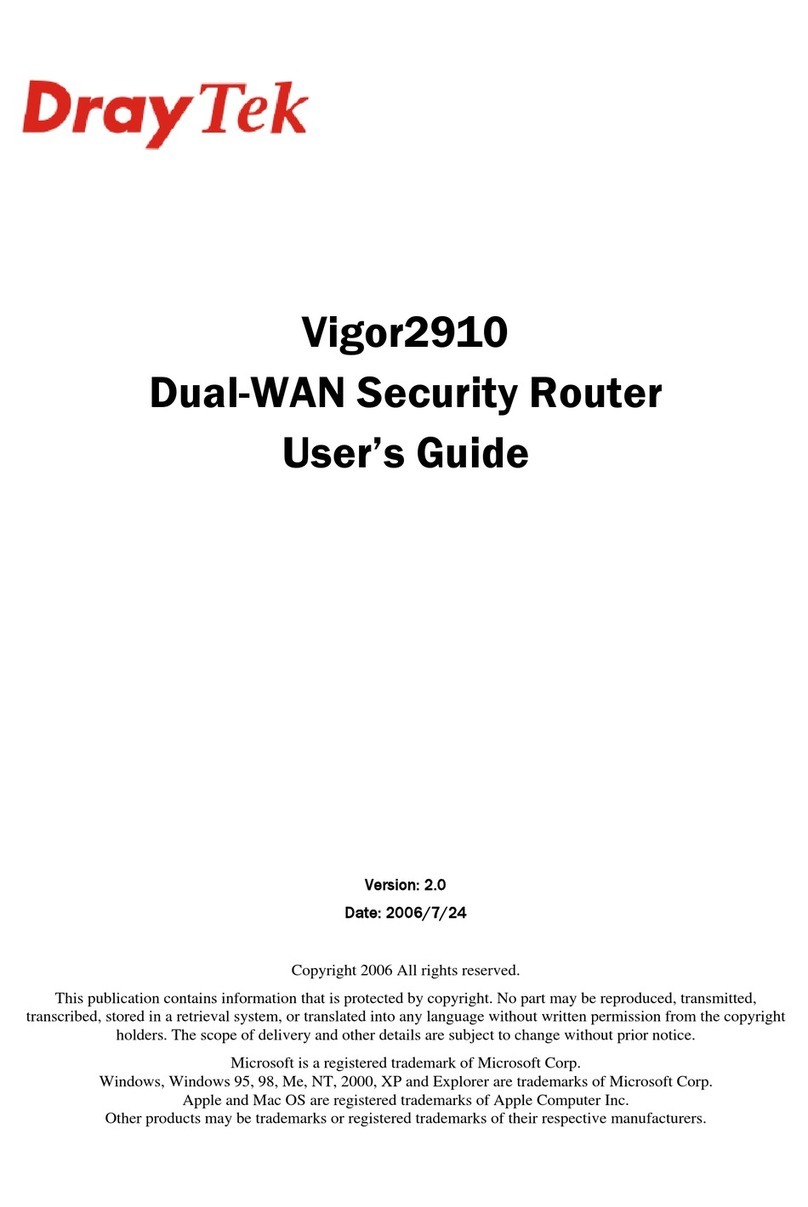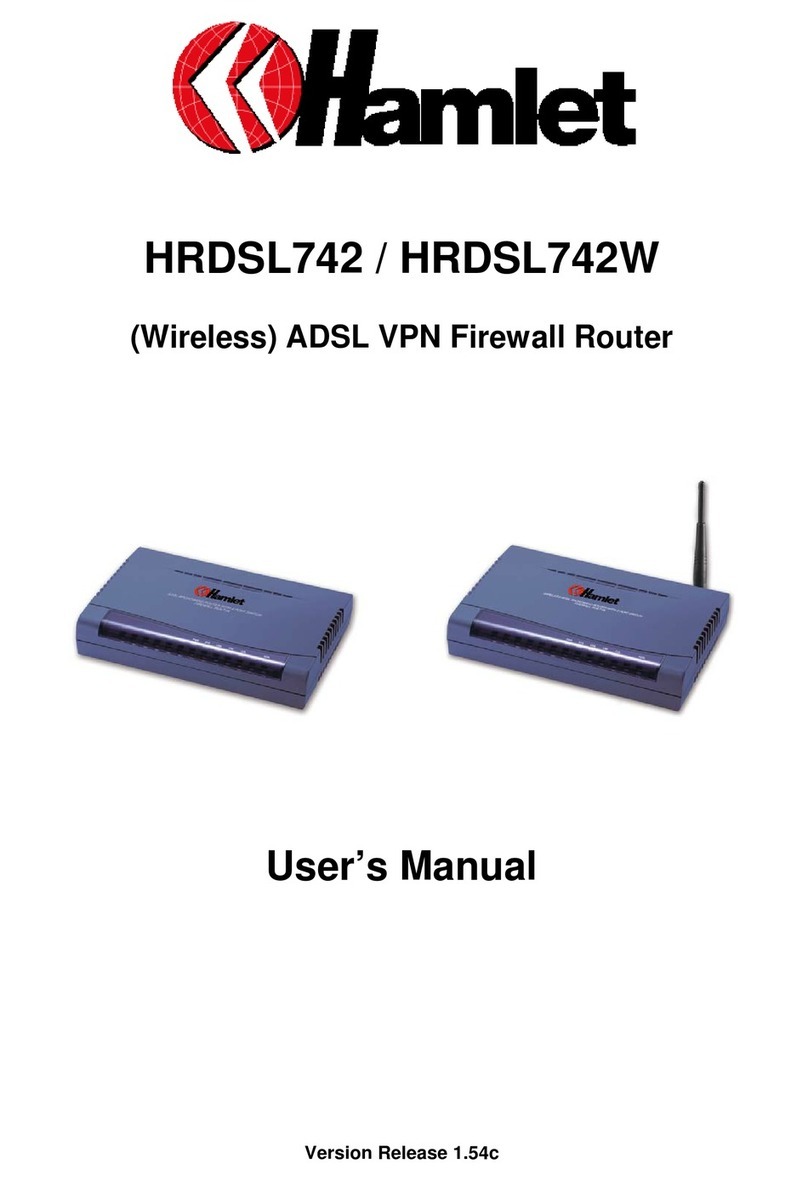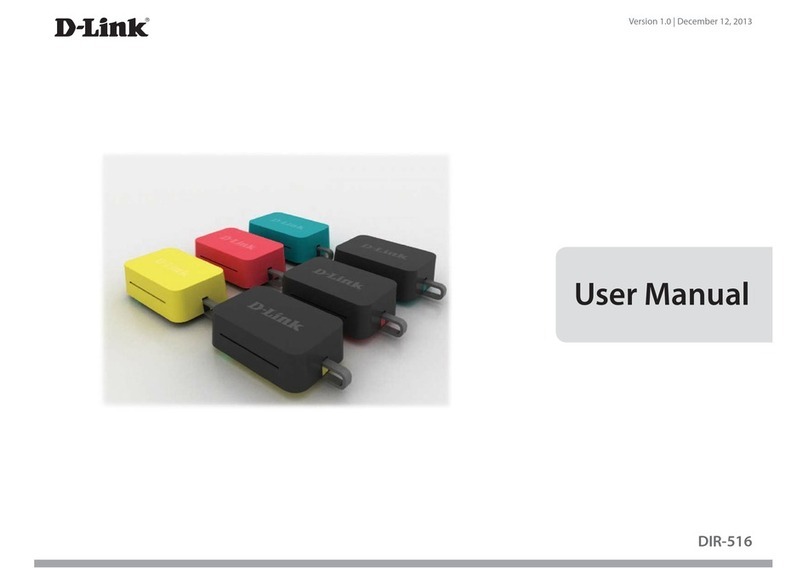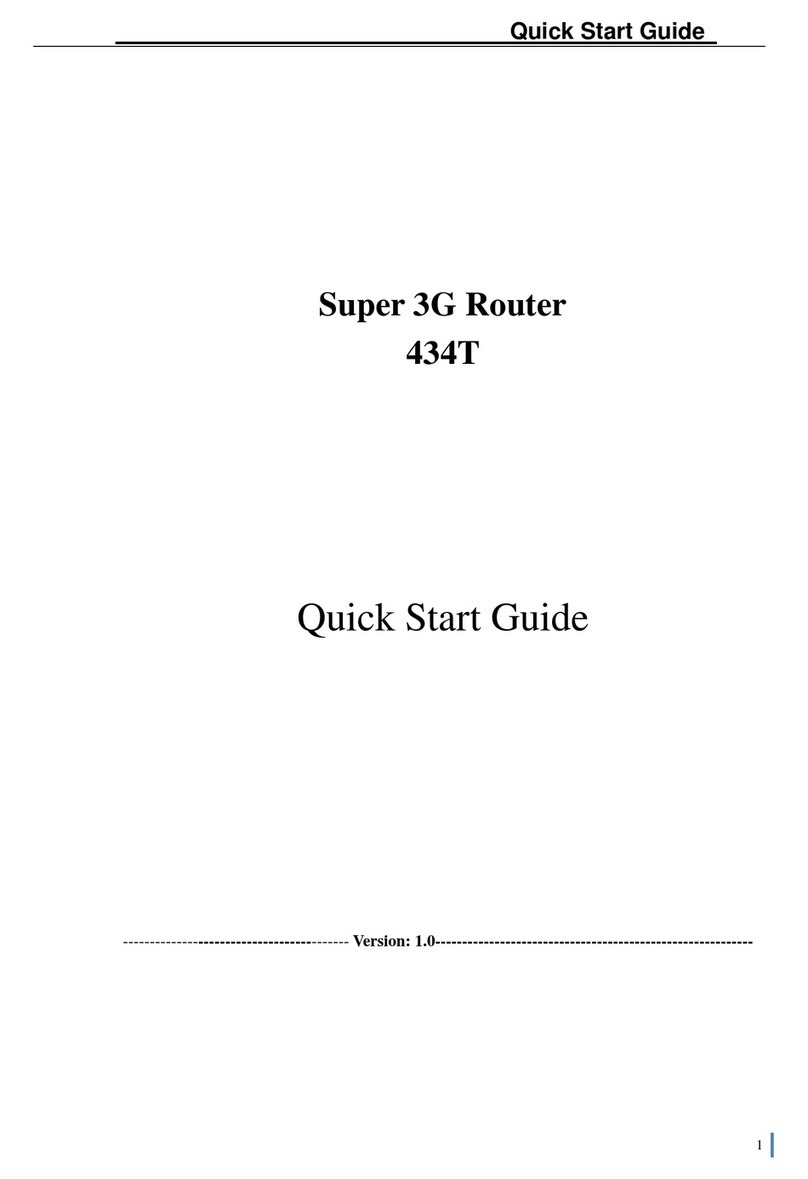AOpen 101 User manual

1
AOpenRouter 101/201
User’s Manual

2
The Federal Communications Commission Statement
This equipment has been tested and found to comply with the limits for a
Class B digital device, pursuant to part 15 of the FCC Rules. These limits are
designed to provide reasonable protection in a residential installation. This
equipment generates, uses and can radiate radio frequency energy and, if not
installed and used in accordance with the instructions, may cause harmful
interference to radio communications. However, there is no guarantee that
interference will not occur in a particular installation. If this equipment does cause
harmful interference to radio or television reception, which can be determined by
turning the equipment off and on, the following measures:
-Reorient or relocate the receiving antenna.
-Increase the separation between the equipment and receiver.
-Connect the equipment into an outlet on a circuit different from that to which the
receiver is connected.
-Consult the dealer or an experienced radio/TV technician for help.
You are cautioned that changes or modifications not expressly approved by the
party responsible for compliance could void your authority to operate the
equipment
This device complies with part 15 the FCC Rules.
Operation is subject to the following two conditions:
(1)This device may not cause harmful interference, and
(2)This device must accept any interference received, including interference that
may cause undesired operation.

3
Table of Contents
THE FEDERAL COMMUNICATIONS COMMISSION STATEMENT...............2
CHAPTER 1 INTRODUCTION......................................................................4
1.1 ABOUT THIS MANUAL.......................................................................4
1.2 ABOUT AOPENROUTER 101/201.............................................................5
1.3 FEATURES AND BENEFITS .......................................................................5
1.4 APPLICATIONS .......................................................................................5
CHAPTER 2 BEFORE YOU START.............................................................7
2.1 PACKAGE CONTENTS..............................................................................7
2.2 HARDWARE DESCRIPTION.......................................................................8
2.2.1 AOpenRouter 101.......................................................................7
2.2.2 AOpenRouter 201.......................................................................9
2.3 SYSTEM REQUIREMENTS....................................................................... 10
2.4 ISP REQUIREMENTS.............................................................................11
CHAPTER 3 QUICK INSTALLATION .........................................................12
3.1 HARDWARE INSTALLATION ....................................................................12
3.2 CLIENT-SIDE NETWORK SETTINGS.........................................................14
3.3 AOPENROUTER 101/201 SETTINGS ......................................................18
3.4 TEST...................................................................................................20
3.5 SETTING UP OTHER CLIENT STATIONS.....................................................20
CHAPTER 4 ADVANCED CONFIGURATION ............................................21
4.1 CONFIGURING BY WEB MANAGEMENT....................................................21
4.1.1 Intranet Setting.........................................................................21
4.1.2 Modem1 Setting .......................................................................23
4.1.3 Modem2 Setting .......................................................................28
4.1.4 Dial In Setting...........................................................................28
4.1.5 Device Admin Setting...............................................................30
4.1.6 Status Monitor..........................................................................31
4.2 CONFIGING BY TELNET .........................................................................31
4.3 CONFIGURING BY TERMINAL PROGRAM VIA CONSOLE CABLE....................33
CHAPTER 5 TROUBLESHOOTING...........................................................36
APPENDIX A SPECIFICATIONS................................................................38
APPENDIX B GLOSSARY..........................................................................40

4
Chapter 1 Introduction
Congratulations on your purchase of AOpenRouter 101/201. This series includes
powerful yet simple communication devices for connecting local area network
(LAN) to the Internet. For those who want to surf on the Internet with limited cost,
AOpenRouter 101/201 products undoubtedly provide the most convenient and
economical solution.
1.1 ABOUT THIS MANUAL
The User’s Manual describes how to set up the connection from LAN to the
Internet using AOpenRouter 101/201. This manual assumes that you are familiar
with the basic elements of a computer and are interested in detailed or advanced
information on the AOpenRouter 101/201. All instructions and examples in this
manual are given for the AOpenRouter 101, but also apply to the
AOpenRouter 201 product unless specifically noted. It is organized as follows:
Chapter Content
Introduction Describes AOpenRouter 101/201’s features and
main applications.
Before you start Describes the information and environment
needed to configure the AOpenRouter 101/201.
Quick Installation Describes how to install AOpenRouter 101/201
quickly for ordinary applications.
Advanced
Configuration Describes all configuration options for the
AOpenRouter 101/201, including configuring the
modems and ISP accounts. This chapter also
contains a command reference section for
procedures such as resetting the server, setting
back to defaults, and changing the server
password.
Troubleshooting Lists problems and solutions one may encounter
when using the AOpenRouter 101/201.
Appendix A
Specifications
Lists AOpenRouter 101/201’s technical
specifications as a quick reference.
Appendix B
Glossary
Explains words and phrases in this manual.

5
1.2 About AOpenRouter 101/201
AOpenRouter 101/201 provides the most Internet access to multiple users by
sharing one/two dial-up accounts. The outstanding feature of AOpenRouter 101 is
the two-serial-port (AOpenRouter 201 with one built-in modem and one serial-port)
design as primary and secondary on-demand or dial-in ports. Modem2 port will be
initiated by the system to increase the bandwidth for traffic congestion relief.
Modem2 port will disconnect automatically to save cost when the demand for
service decreases. If there is no request for accessing the Internet after a period
of time, the system will hang up the connection automatically. Simple
configuration gets your AOpenRouter 101/201 up and running in minutes.
With all these advance technologies, AOpenRouter 101/201 provide a cost
effective solution for your networking need.
1.3 Features and Benefits
ŸSupport 28.8/33.6/56K modems, ISDN TAs, and leased-line connections
ŸSupport up to two modem connections simultaneously to boost Internet
access bandwidth
ŸSupport Dial-On-Demand and auto-disconnect function to save Internet
access cost
ŸSupport PPP/PAP/CHAP authentication protocol for dial-up identification
ŸSupport PPP dial-in connection by using standard dial-up program
ŸSupport DHCP/fixed IP configuration for host IP address assignment
ŸEasy setup through web browser or Telnet on any operating system that
supports TCP/IP
ŸCompatible with all popular Internet applications
ŸFirewall to protect internal hosts from outside intruders
ŸNetwork connection through the built-in 10BASE-T or 100BASE-TX
Ethernet
1.4 Applications
There are several applications for AOpenRouter 101/201, such as:
ŸSharing IP Address
The AOpenRouter 101/201 provides the most Internet utilization to multiple
users by sharing network environment. With only one ISP account, multiple
users on your network can have access to Internet simultaneously.
ŸInternet Access
The series supports one or two modem Internet accesses. Users can
choose to link either one or two modems based on their needs. Normally, it
is more economical to use one modem. Yet, if you require more bandwidth
for surfing the Net, using two modems would be faster and more efficient.
With proper configuration, the AOpenRouter 101/201 can hook up and

6
drop off the line automatically.
ŸRemote Access
The Modem 2 port of AOpenRouter 101/201 can support dial-in function for
remote access. Remote users can dial-in and access interior resources
through modem connection. Optional callback function is also provided for
the sake of security.
ŸVirtual Server
If you have a fixed IP address, you can setup a virtual host environment.
Internet users can access the target host to get the information by using
Virtual Host function provided by the unit.
ŸSecurity
AOpenRouter 101/201 supports firewall security that can deny Internet
users from internal resources. It also can filter internal Internet requests
that the administrator does not wish to serve.

7
Chapter 2 Before You Start
To operate this product, you must have:
ŸA 80486 or greater processor computer equipped with a 10Base-T or
10/100Base-T Ethernet card
Ÿ16-bit, small-font monitor settings or above are suggested
ŸTCP/IP network protocol for each PC
ŸAt least one computer for configuration
ŸUTP network cable with RJ-45 connector
ŸMicrosoft Internet Explorer 4.0 or later, or Netscape Communicator 4.0 or
later browser¡]For Web configuration¡^
ŸAt least one modem or ISDN terminal adapter
ŸA dedicated phone line or ISDN line
Please verify whether your computer is installed and configured with TCP/IP
properly.
2.1 Package Contents
In this package, you should find:
AopenRouter
101 AOpenRouter
201
Router 1 1
Power Adapter 1(AC9V,1A) 1(AC9V,1A)
User’s Manual 1 1
RS-232 Configuration Cable
(shielded) 1 1
RS-232 Modem Cable (shielded) 2 1
RJ-11 Phone Cable 0 1
2.2 Hardware Description
2.2.1 AOpenRouter 101
AopenRouter 101
AOpenRouter 101
IP Sharing Router
Figure 1. Front Panel Description

8
ŸPower¡]green¡^
Indicates that there is power to the unit.
ŸCOM1-TxD (green)
Indicates the data output activity of COM1 port
ŸCOM1-RxD (green)
Indicates the data input activity of COM1 port
ŸCOM2-TxD (green)
Indicates the data output activity of COM2 port
ŸCOM2-RxD (green)
Indicates the data input activity of COM2 port
ŸLAN-Col (yellow)
Indicates the collision status of 10/100Mbps LAN port
ŸLAN-Tx (green)
Indicates the data output activity of 10/100Mbps LAN port
ŸLAN-Rx (green)
Indicates the data input activity of 10/100Mbps LAN port
Figure 2. Rear Panel Description
ŸCOM1
1st RS-232 port connecting with external modem or ISDN-TA
ŸCOM2
2nd RS-232 port connecting with external modem or ISDN-TA
ŸNode
10/100Mbps LAN port connecting with PC or Mac
ŸHub

9
10/100Mbps LAN port connecting with Hub port
ŸConsole
RS-232 console port operating at 9600-baud
ŸAC 9V
External AC power adapter input
2.2.2 AOpenRouter 201
AOpenRouter 201
IP Sharing Router
Figure 3. Front Panel Description
ŸPower¡]green¡^
Indicates that there is power to the unit.
ŸV.90-TxD (green)
Indicates the data output activity of V.90 modem
ŸV.90-RxD (green)
Indicates the data input activity of V.90 modem
ŸV.90-OH (green)
Indicates the hook status of V.90 modem
ŸCOM2-TxD (green)
Indicates the data output activity of COM2 port
ŸCOM2-RxD (green)
Indicates the data input activity of COM2 port
ŸLAN-Tx (green)
Indicates the data output activity of 10/100Mbps LAN port
ŸLAN-Rx (green)
Indicates the data input activity of 10/100Mbps LAN port

10
Figure 4. Rear Panel Description
ŸLINE
V.90 modem RJ-11 for PSTN analog telephone line
ŸPHONE
V.90 modem RJ-11 for external telephone set
ŸCOM2
2nd RS-232 port connecting with external modem or ISDN-TA
ŸNode
10/100Mbps LAN port connecting with PC or Mac
ŸHub
10/100Mbps LAN port connecting with Hub port
ŸConsole
RS-232 console port operating at 9600-baud
ŸAC 9V
External AC power adapter input
2.3 System Requirements
ŸA 80486 or greater processor computer equipped with a 10Base-T or
10/100Base-T Ethernet card
Ÿ16-bit, small-font monitor settings or above are suggested
ŸTCP/IP network protocol for each PC
ŸAt least one computer for configuration
ŸUTP network cable with RJ-45 connector
ŸMicrosoft Internet Explorer 4.0 or later, or Netscape Communicator 4.0 or
later browser¡]For Web configuration¡^
ŸAt least one modem or ISDN terminal adapter
ŸA dedicated phone line or ISDN line

11
2.4 ISP Requirements
Please collect the following information from your ISP before setup:
ŸISP authentication type or script (if not PAP/CHAP)
ŸAn ISP account which includes ISP dial-up username and password
ŸISP dial-up phone number
ŸYour ISP’s Domain Name Server IP address
ŸIP Address and Subnet mask (optional, for fixed IP users only.)

12
Chapter 3 Quick Installation
This Quick Installation is designed to help install the AOpenRouter 101/201 to
your network. The instructions included in this section assume you are setting up
a new network.
There are 5 steps to set up the AOpenRouter 101/201 product:
1. Hardware Installation¡GTo set up the hardware connection, power and
other devices.
2. Client-side Network Settings¡GTo set up the client-side TCP/IP
configuration in order to configure and access the AOpenRouter 101/201.
3. AOpenRouter 101/201 Setting¡GTo configure the AOpenRouter 101/201
product using Java compatible web browser or Telnet program.
4. Test¡GUse browser to access external web site to check if all settings are
correct.
5. Setting up other clients¡GTo set up all other client stations in the same LAN.
3.1 Hardware Installation
The followings are instructions for setting up the AOpenRouter 101/201 . Refer to
the illustration below and follow the simple steps to quickly install your
AOpenRouter 101/201.

13
Figure 5. AOpenRouter 101 Hardware Installation
Figure 6. AOpenRouter 201 Hardware Installation

14
1. Connect one end of the RS-232 DB25-to-RJ45 cable¡]included in the
package¡^ to the modem/ISDN TA and the other end to the RJ-45 serial port
labeled COM 1 on the back of the AOpenRouter 101. Go to Step 2. For the
AOpenRouter 201, connect one end of RJ-11 cable to wall RJ-11 outlet and
the other end to the RJ-11 port labeled "Line" on the back of the
AOpenRouter 201. Go to step 4.
Note:
The AOpenRouter 101/201 has only one standard 10/100Base-T
port. But there are two connectors –one labeled “Hub” and one
labeled “Node” – that users can choose to use. Only one
connector should be used at one time.
2. Connect phone line to the modem/ISDN TA.
3. Connect power adapter to the modem/ISDN TA and turn on the power. We
suggest that one single modem be connected and configured first, and if an
additional modem is required, repeat the previous procedure for setting up
the first modem/ISDN TA.
4. Use standard “straight”twist-pair Ethernet cables to connect your current
hub/switch to the “Hub” port or personal computer to the “Node” port.
5. Plug the AOpenRouter 101/201 power adapter outlet, then plug the power
supply output cable into the power connector on the rear of the unit. The
Power LED should be lit immediately.
3.2 Client-side Network Settings
After installing the AOpenRouter 101/201 hardware, please follow the procedures
below to configure the units:
1. Choose a computer in LAN to configure the AOpenRouter 101/201. On
Windows 95 desktop, double click “My Computer”.
Ÿ
Ÿ

15
Ÿ2. Double click “Control Panel”.
3. Double click “Network”. This window appears the related information about
the network interface card which you installed. Please check out if “TCP/IP”
component is installed or not. If not, click “Add”, otherwise, go to Step 6.

16
4. Double click “Protocol”.
5. On the left side of the window, choose “Microsoft”, and then select “TCP/IP”
component on the right side. After TCP/IP component is completely installed,
click “OK”.

17
6. Double click “TCP/IP”component.
7. The TCP/IP Properties window appears. If there is no DHCP server in the
same Network, click “IP Address”and select “Obtain IP address
automatically” item. Meantime, ignore the Gateway and DNS settings because
the system will configure them automatically.

18
Note¡GIf there is any other DHCP server in the Network, please select “Specify an IP
address”and use the default value “192.168.1.***”¡]*** is between 2 and 252¡^, set
Subnet Mask “255.255.255.0”, Gateway IP “192.168.1.1”and DNS for configuration.
After finishing TCP/IP set up, reboot the computer and run the browser to configure
the AOpenRouter 101/201. Afterwards, set up other PC in the LAN according to above
procedures.
3.3 AOpenRouter 101/201 settings
1. Start your web browser (Netscape Navigator 4.0 or Microsoft Explorer4.0 later or
other Java compatible browser) and type 192.168.1.1 in the address and press
“ENTER” key on your keyboard. The “Username and Password Required”
window will pop up. Leave the User Name blank and fill in the Password
“admin”. Then click “OK”to enter Web Management.
The Quick Setup window pops up consequently.

19
Note: In Netscape Communicator 4.0, after popping up for a while, the Quick
Setup window will be hidden behind the Netscape main window. Minimize the
Netscape main window if wish to see the Web Management page.
2. Select “Enable”(default value) to key in the required information for Modem 1.
Note: Modem2 Settings are similar to the Modem1’s. Repeat step 3 if wish to
install Modem2.
3. For most ISP, it’s ok to select PPP. Select the applicable ISP Name from the
drop-down box.
4. For most PPP dial-up account, below 4 parameters are needed. Fill the ISP
phone number, DNS IP, User ID and Password respectively. The information
should be provided by ISP as soon as you applied the account.
5. In Intranet Setting, enter the default value 192.168.1.1 and Subnet Mask
255.255.255.0, or select one applicable from the drop-down box.
6. Check all the values and click “Save”to save the data and logout setup.

20
3.4 Test
After finishing the AOpenRouter 101/201 setup, run another browser and key in any
external web site address like www.yahoo.com to see if the modem dials properly.
Once the Link LED is on, the Internet connection is successfully established.
Otherwise, refer the Troubleshooting section for further instructions.
3.5 Setting Up Other Client Stations
Follow the 3.2 Client-Side Network Settings to set up other client stations. If you use
fixed IP configuration, be careful not to assign the same IP to different computers.
This manual suits for next models
1
Table of contents
Other AOpen Network Router manuals
Popular Network Router manuals by other brands
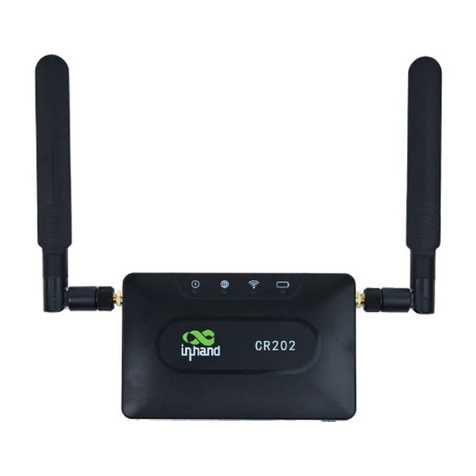
InHand
InHand CR200 Series Quick installation manual
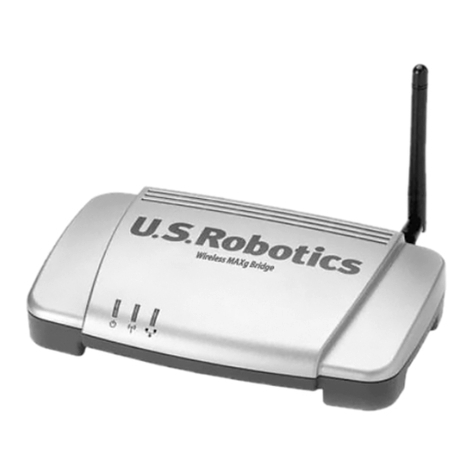
US Robotics
US Robotics Wireless MAXg Bridge Quick installation guide
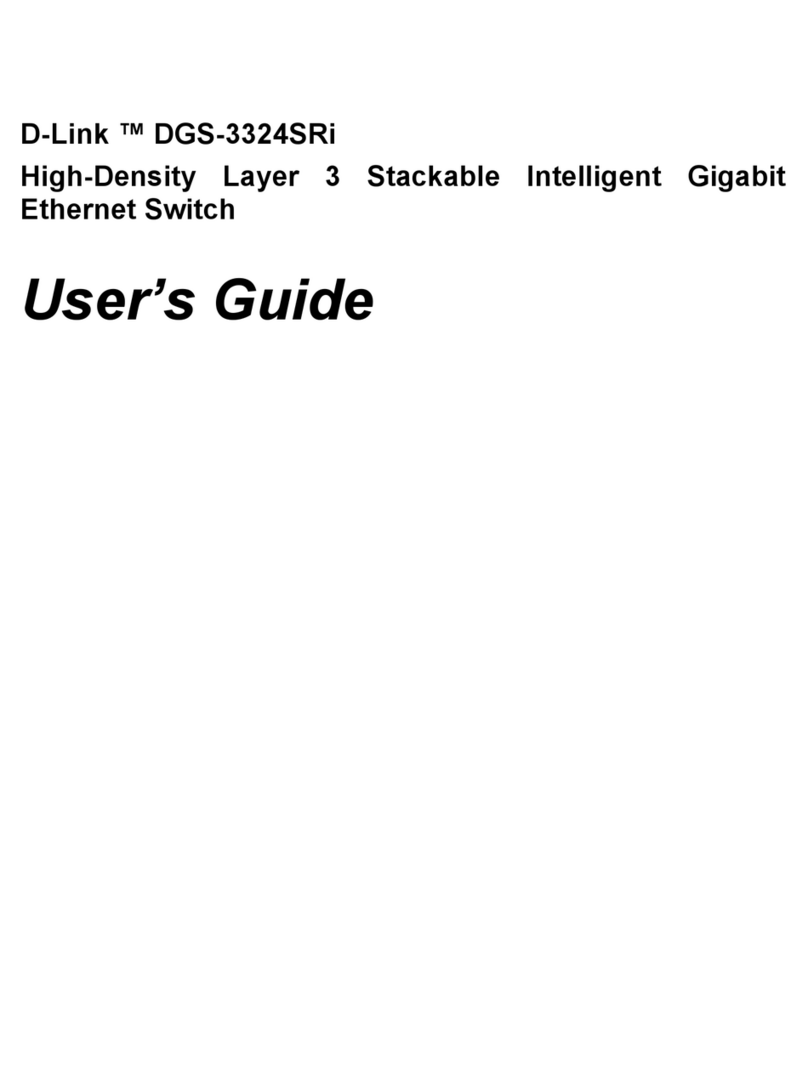
D-Link
D-Link xStack DGS-3324SRi user guide
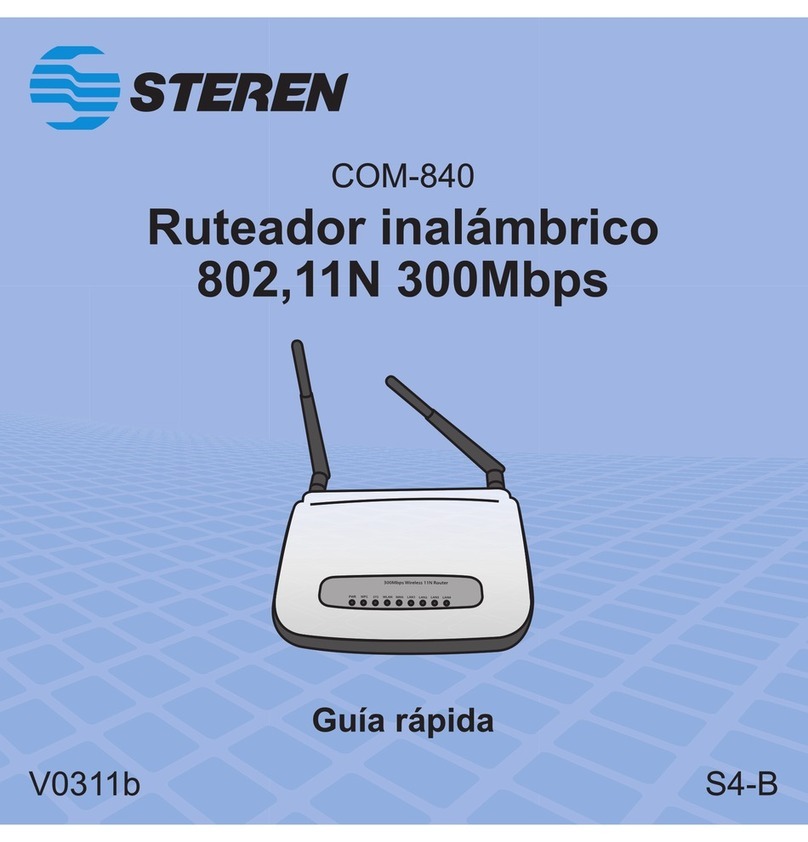
Steren
Steren COM-840 quick start guide
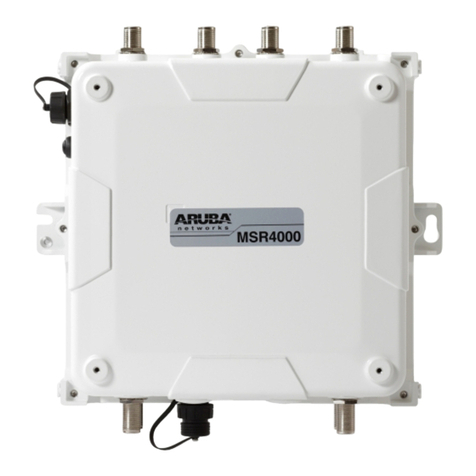
Aruba Networks
Aruba Networks AirMesh MSR4000 installation guide
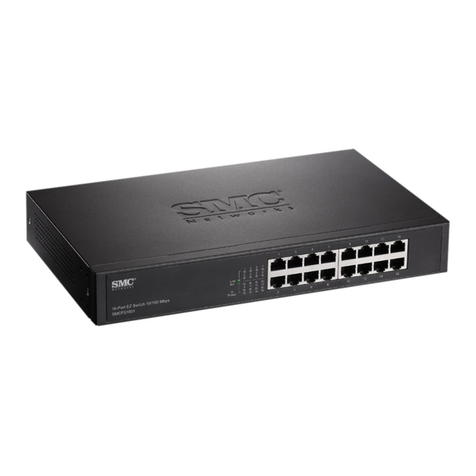
SMC Networks
SMC Networks FS1601 user guide
